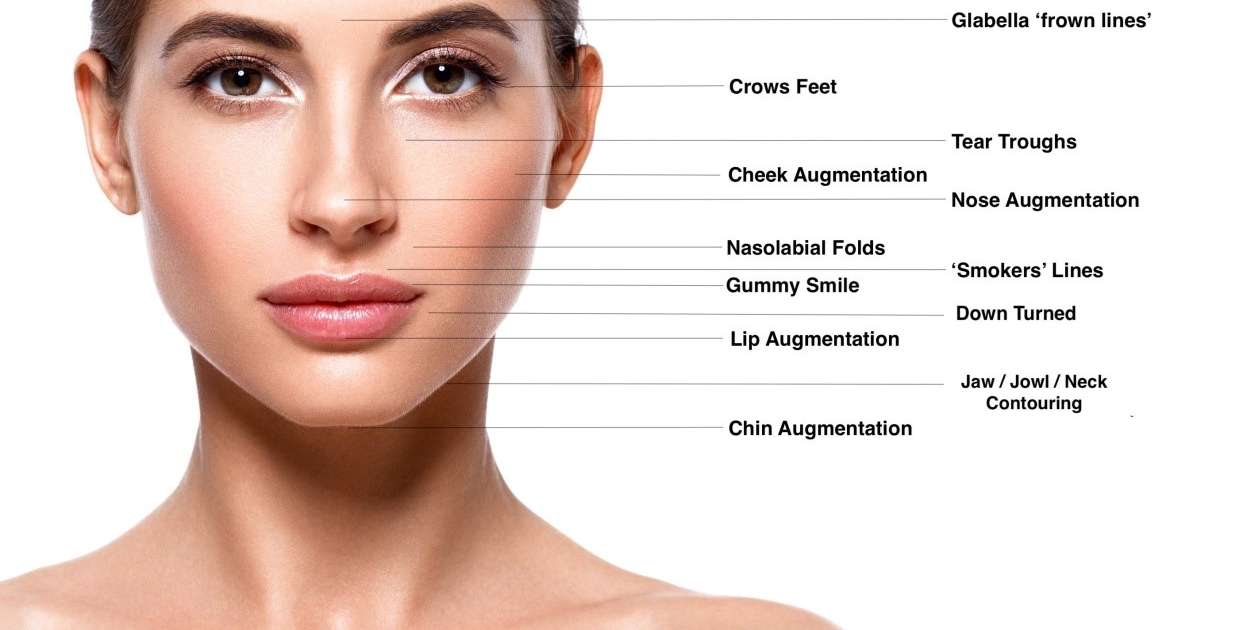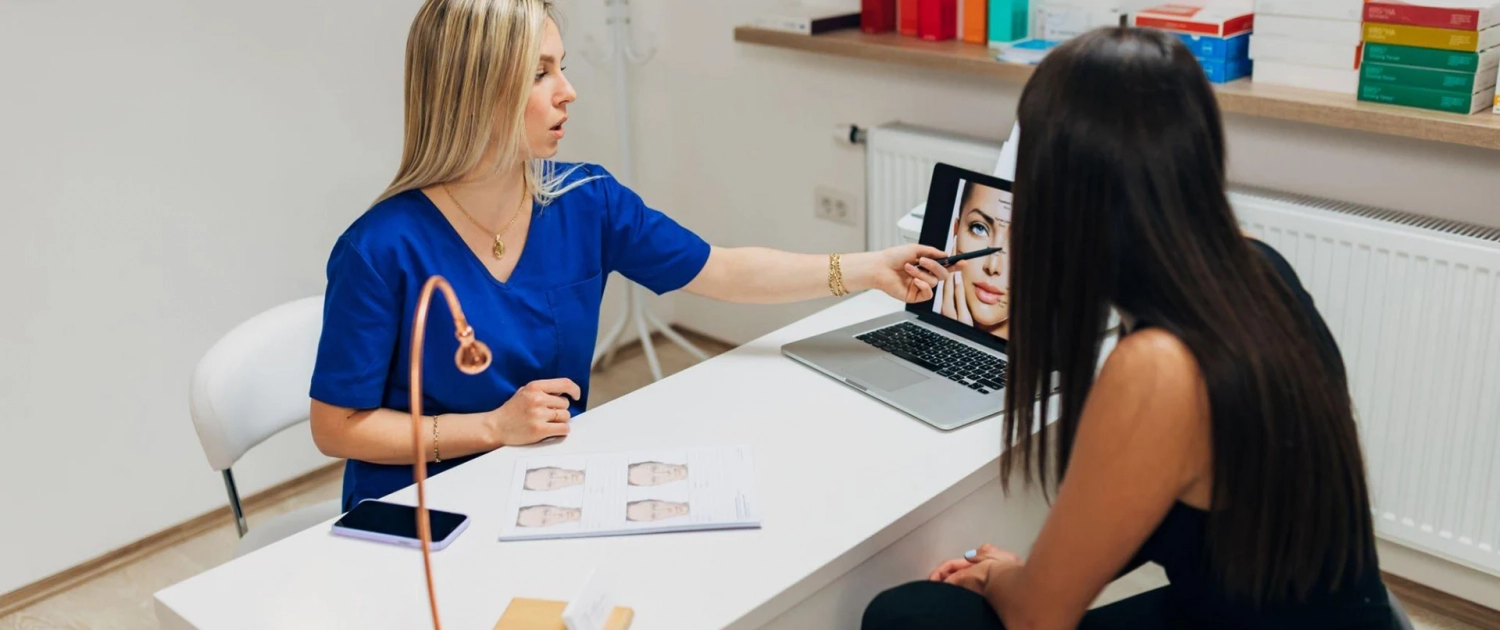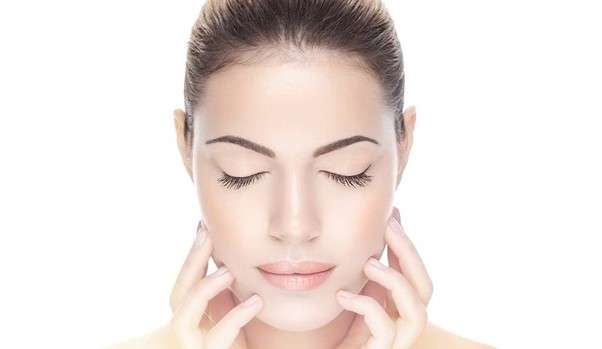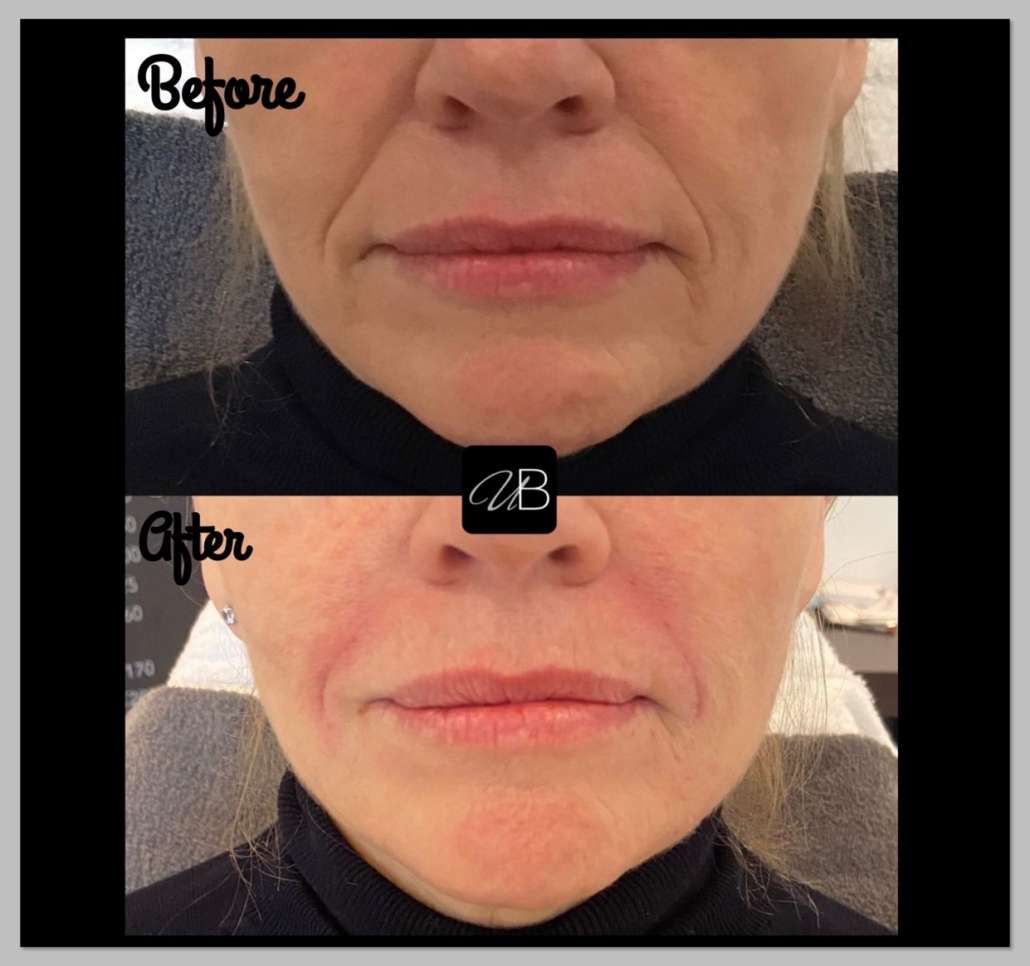How do you do nasolabial filler and does it hurt?
By Dr Rachael Syvret
“Nasolabials” pronounced nay-so-lay-bee-als, are the lines that form between the outer corners of the nose and lead down towards to outer corners of the mouth. They are the junction between the cheeks and the area surrounding the mouth (perioral region). As we age, the skin to our face starts to have more laxity to it, and the skeleton that the skin sits on starts to shrink. These factors cause the skin to have a sagging appearance which can make lines such as the nasolabials appear heavier than they once were. In addition to this, women often lose some of the fat that makes up the “apples” of the cheeks, further adding to the appearance of the nasolabial line.
How you can improve the appearance of nasolabial lines
Nasolabial lines can be tackled in one of two ways:
- By restoring and restructuring the cheeks (see blog regarding cheek augmentation).
- By placing filler under the nasolabial line itself.
During your appointment
Before the procedure is carried out, the skin is cleansed and prepped to ensure it is free of make up and bacteria from the environment, to help reduce the risk of infection. A topical anaesthetic (numbing) cream is applied to the skin over the lines to be filled. Once the numbing cream has taken effect, filler is placed following the contour of the nasolabial line to help to lift this line from being as heavy. This is done by a needle but is normally very well tolerated due to the prior use of the numbing agent.
For Q&A’s regarding this treatment, click here.
Possible side effects to nasolabial filler
Due to the fact that a needle is being used, there is the risk of bruising and bleeding therefore we would advise anyone to not have filler done within two weeks of any important events. Some people are lucky and will experience minimal bleeding and no bruising, however we cannot account for this always being the case so it’s best to air on the side of caution.
Appointment length and aftercare for nasolabial filler
The appointment takes approximately 30 minutes in total, with the actual filler taking approximately ten minutes to place correctly. Following the procedure it is important to keep the area clean and dry for the following 24-48 hours to help prevent infection. It is also advised to avoid alcohol and exercise for few days following administration of filler.
Lip Augmentation & Dermal Fillers
You have undergone a dermal filler treatment where hyaluronic acid has been placed into the skin/lips. Is it important that you follow the below guidance following your treatment. Failure to do so may result in unnecessary complications and may also affect the results of your treatment.
- You may initially be swollen and bruised which will subside within 1-10 days if the bruising is extensive.
- Avoid lip suction devices as this can cause the filler to move.
- It is advisable that you do not touch the area for 6 hours.
- Avoid extreme cold. This includes ice packs directly applied to the skin for up to 72 hours. If necessary you can apply a cool compress to the area only.
- Arnica tablets or gel can be used to reduce bruising or the application of vitamin K oxide cream.
- If you experience lumpiness in the treated area it can be gently massaged to help smooth this out (facial fillers only). For lumpiness in the lips please book in for a review.
- You should avoid any facial massages or skin resurfacing until the area has fully healed.
Nasolabial Results
Results of filler can be seen to some degree immediately but the overall effect takes up to two weeks, which allows the filler to properly integrate in the tissues. It is important not to over fill the nasolabials, as this can cause more heaviness to the area, which is not the desired effect. However, when the right amount of filler is placed correctly in conjunction with the structuring of the cheeks, it can give very pleasing results and a nice mid to lower face rejuvenation.
So in summary, nasolabial treatment does not hurt, or at least is very well tolerated by most clients. This is partly due to the topical numbing cream applied beforehand, as well as the size of the needle being used. As long as you follow the steps in our aftercare advice, you should have minimal bruising or swelling.
More information and pricing for nasolabial lines can be found here.






